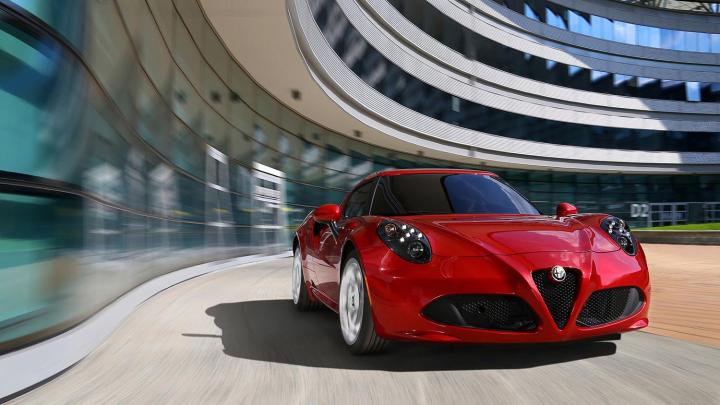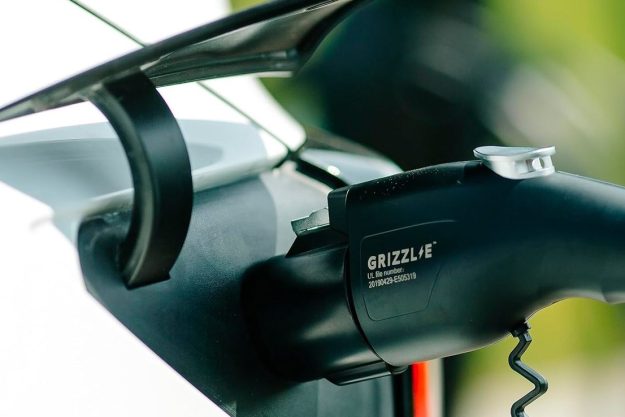
Today marked big news for the Chrysler Fiat (FCA) family, as CEO/dictator Sergio Marchionne announced the future of the brands.
The biggest news to American audiences was the retooling of the Dodge brand into what it should have been all a long, but lost in the shuffle is something that might actually be more interesting. The fate of the Alfa Romeo brand.
Alfa, one of motoring’s proudest, if least reputable brands, has been suffering neglected in the corner for more than 20 years. Marchionne says that is about to change, and he is prepared to spend $7,000,000,000 to see it happen.
Alfa chief Harald Wester (he comes from the German part of Italy) says that the makeover will mark a return to Alfa’s five core values: Advanced, innovative engines; perfect 50-50 weight distribution; a set of unique technical solutions; class exclusive power-to-weight ratios; and groundbreaking and distinctive Italian design.
The four year plan to make this happen (see it’s not a “five year plan” so you can’t call them Stalinists) will take Alfa from its current three car lineup to a full range of eight cars designed to enter the luxury segment fray, and take on the Germans. Crazy, right?
Crazy or not, FCA has a bold plan for Fiat. Beginning with the introduction of the 4C this year, Alfa will completely make over its lineup by 2016. The current MiTo and Giulietta, sold overseas, will be axed by 2015 and replaced with the midsize Giulia.
Over the following two years things will get really busy as Alfa plans to introduce two compacts, a midsize model, a full size luxury sedan, crossovers, and a specialty sports car; likely based on the same platform as the once-and -future Dodge Viper.
Though no officially confirmed details are forthcoming, it isn’t hard to guess that the large sedan will likely be a rebadged retuned Maserati Ghibli, and that the smaller Alfas will be going up against the likes of the Mercedes CLA, Audi A3 and BMW 2 Series. In fact Alfa Romeo will be directly aping the Germans with the introduction of clover leaf branded “Quadrifoglio” performance editions in the mold of AMG or M Sport.
Oddly missing in all of this is the much anticipated Alfa Spyder which was to share a platform with the new Mazda MX-5 Miata. This doesn’t mean the car won’t be made, but that the convertible sports car will likely wind up under another FCA brand.
So what to make of all of this? On the one hand I am hopeful. Alfa has made some of the most beautiful and interesting cars that ever graced a showroom. But it has been a very long time since its offerings have been even close to competitive with the products coming out of Germany.
Spending seven billion is a good way to start making up that difference, but the problem is that Mercedes routinely finds that much money in its couch cushions. The automotive world is littered with the corpses of people and cars that have tried to take on the German luxury oligarchy. Even relative success stories like Cadillac still make up only around ten percent of market share.
In the end, Alfa may or may not succeed in approaching Teutonic levels of quality and success, but there is a silver lining in it for the rest of us.
Not only will be potentially get to enjoy Alfa’s renaissance we will get to enjoy the spillover from all of that spending into other FCA products, which might mean a resurgence for some American icons like the Viper. And that is good news no matter how you look at it.


